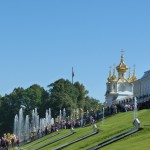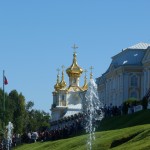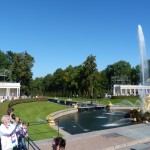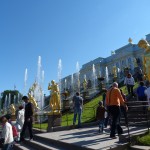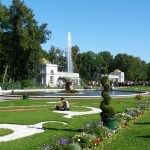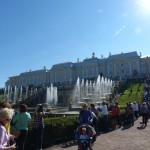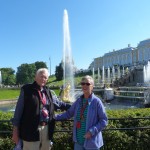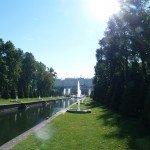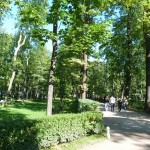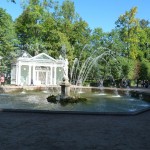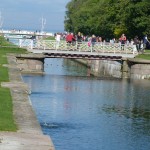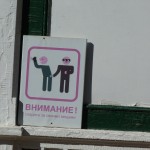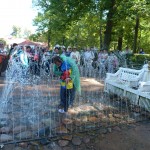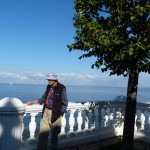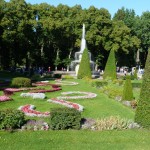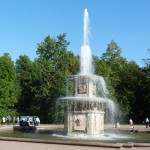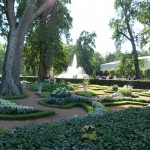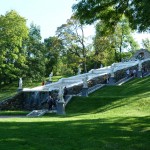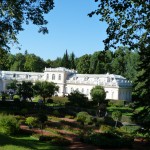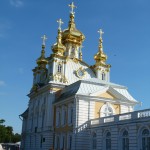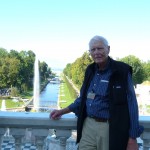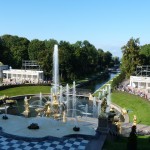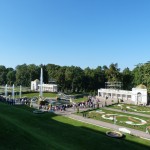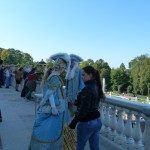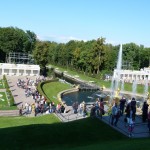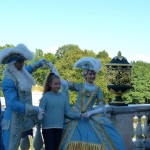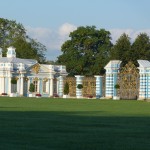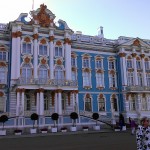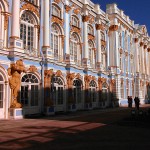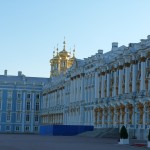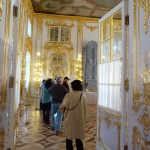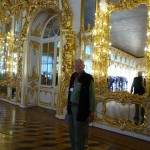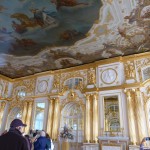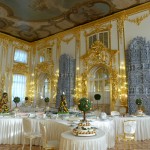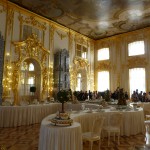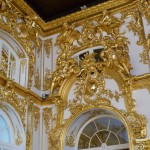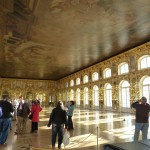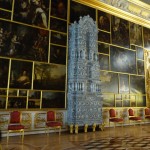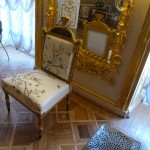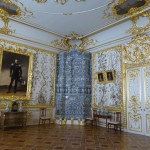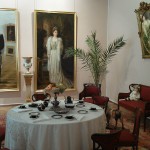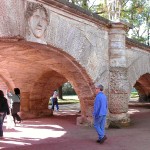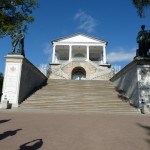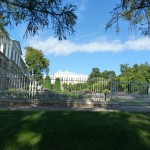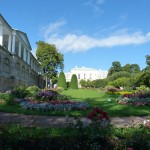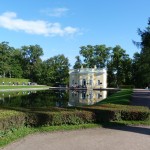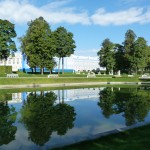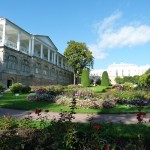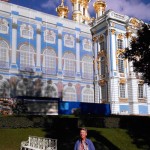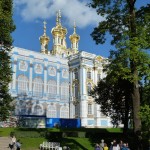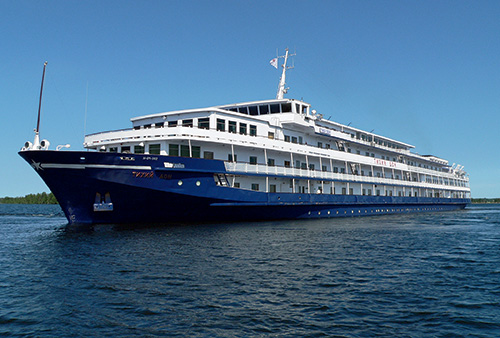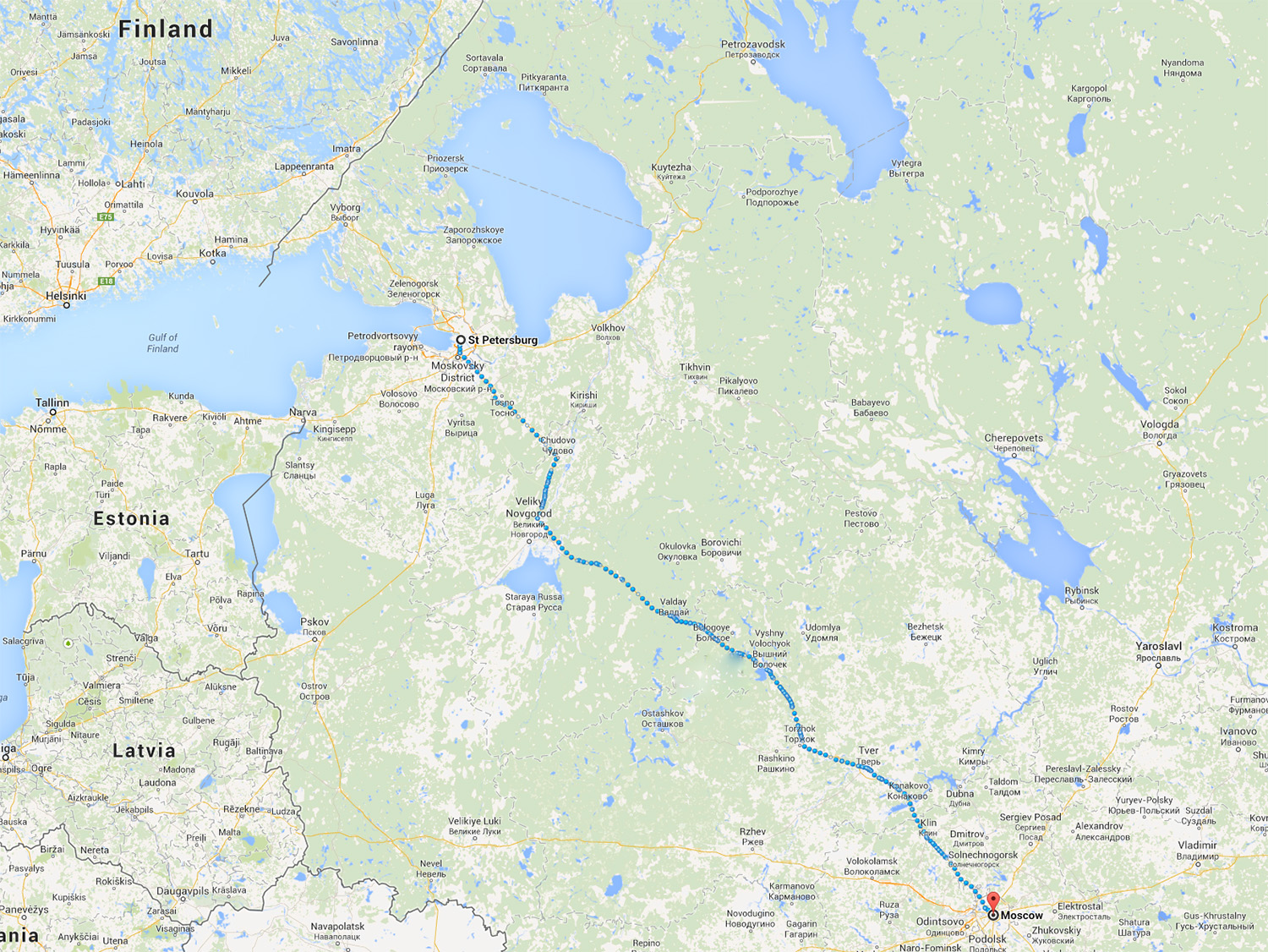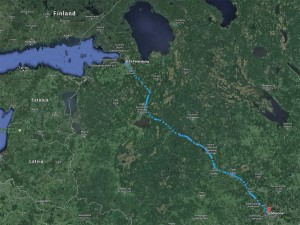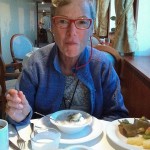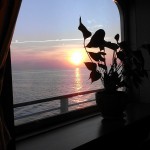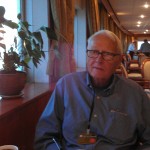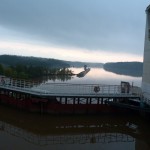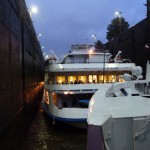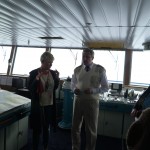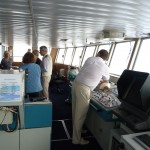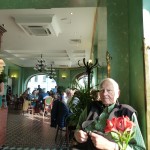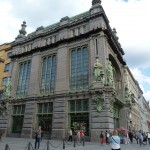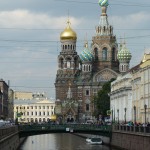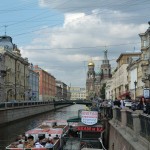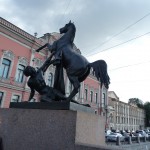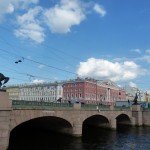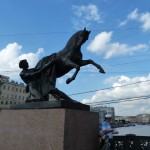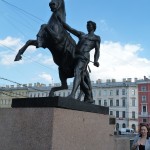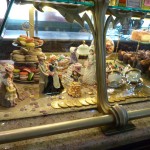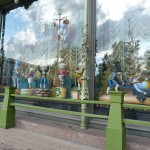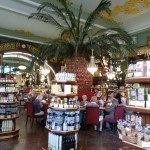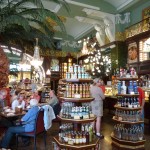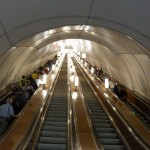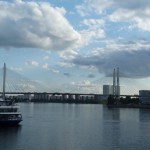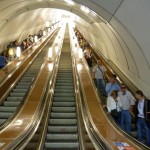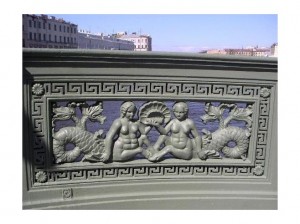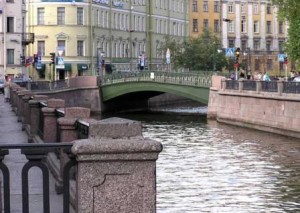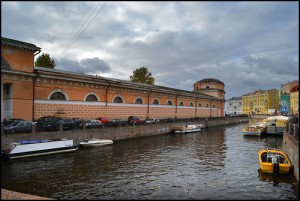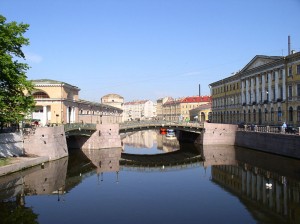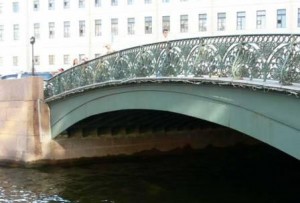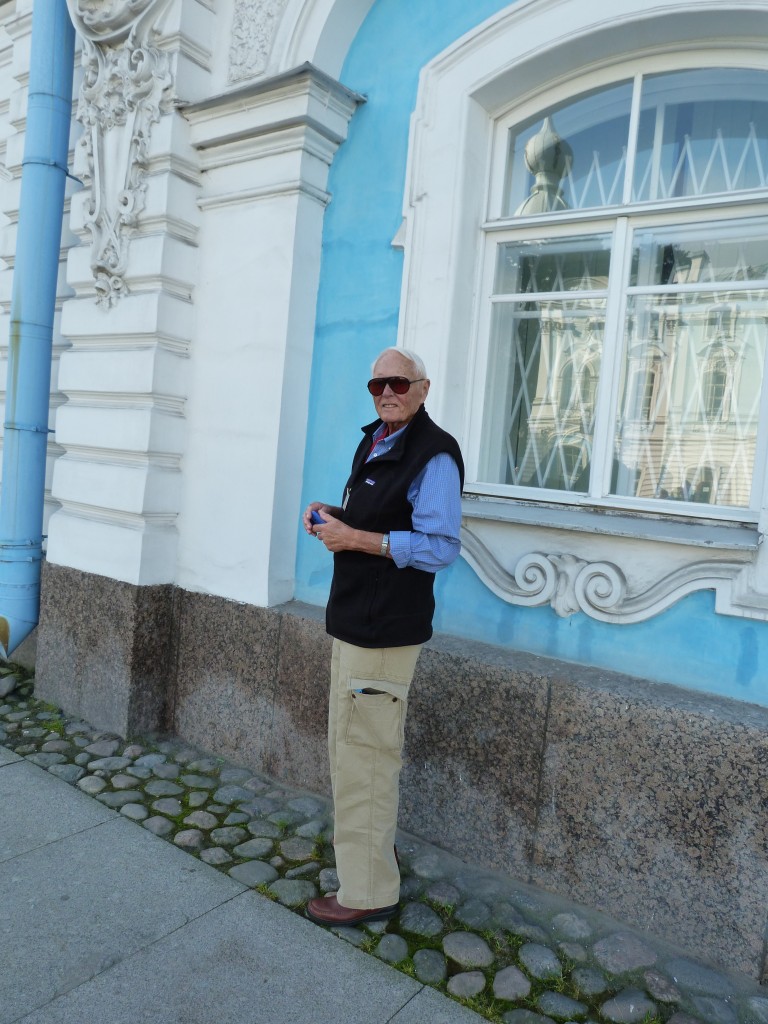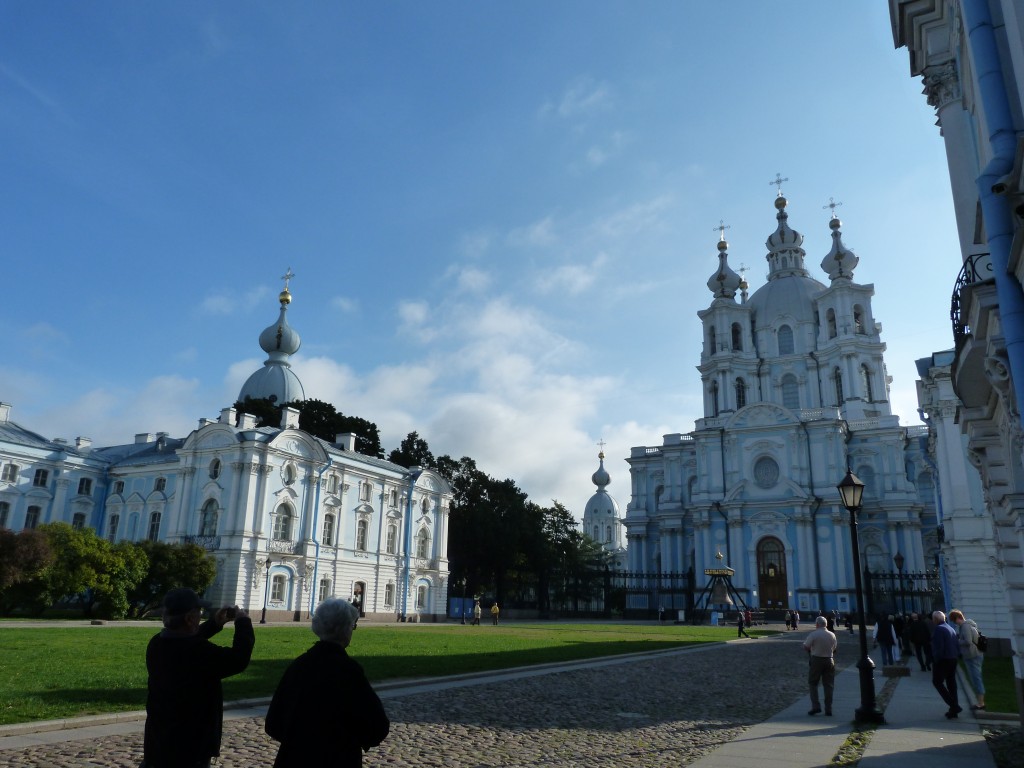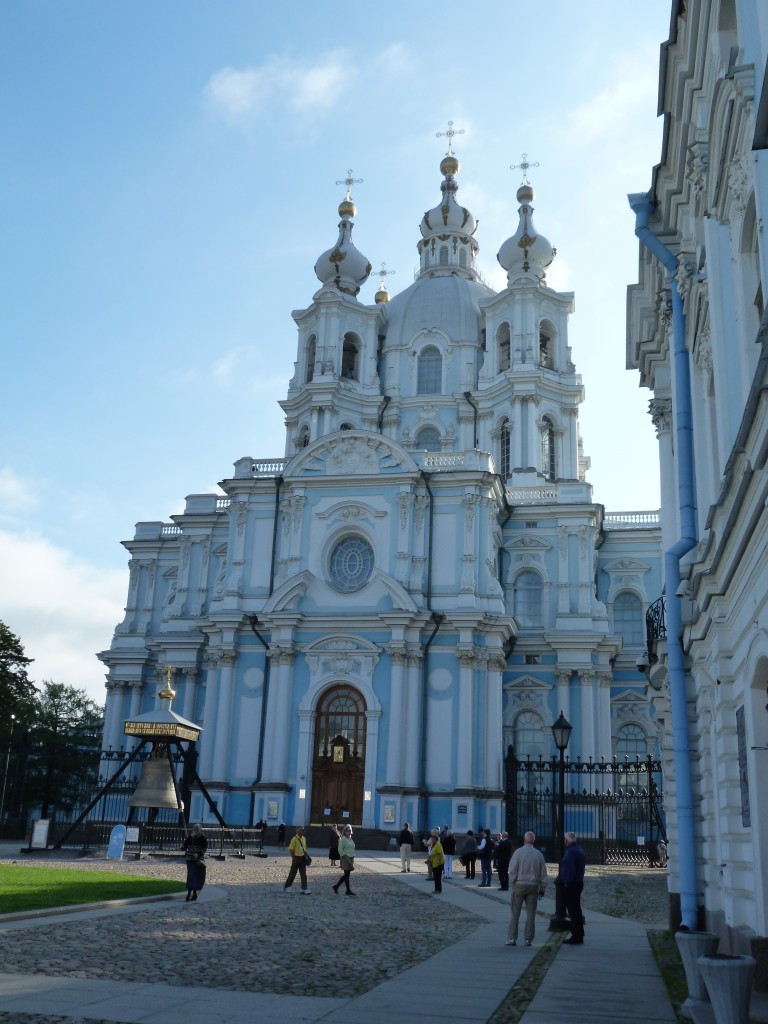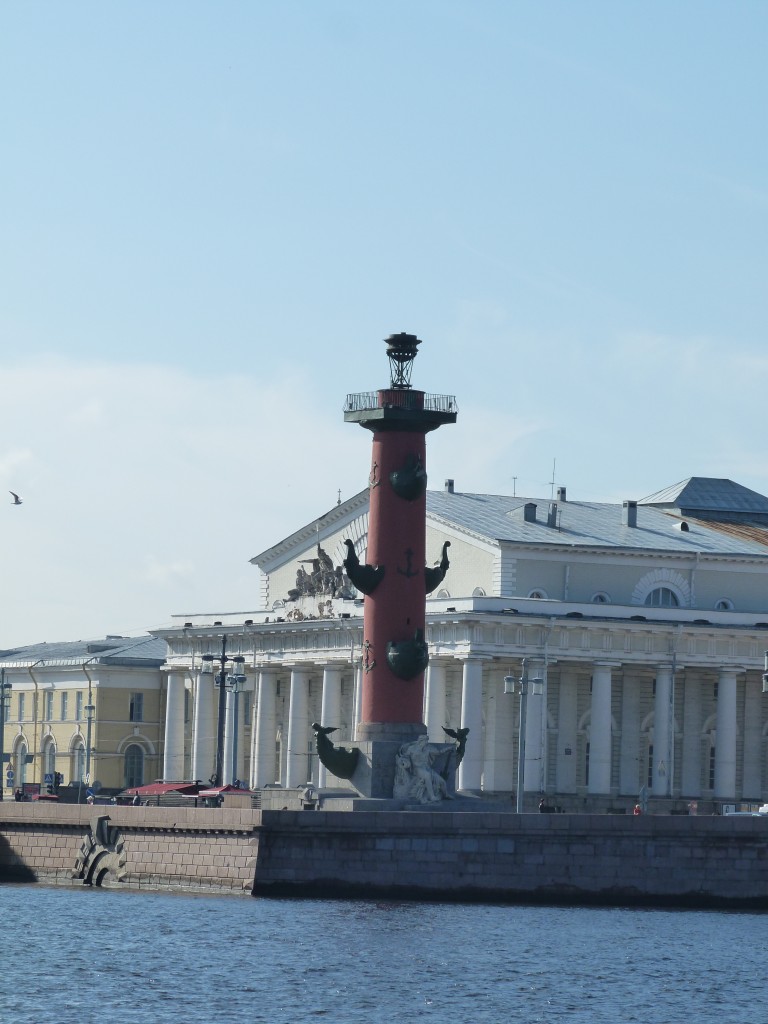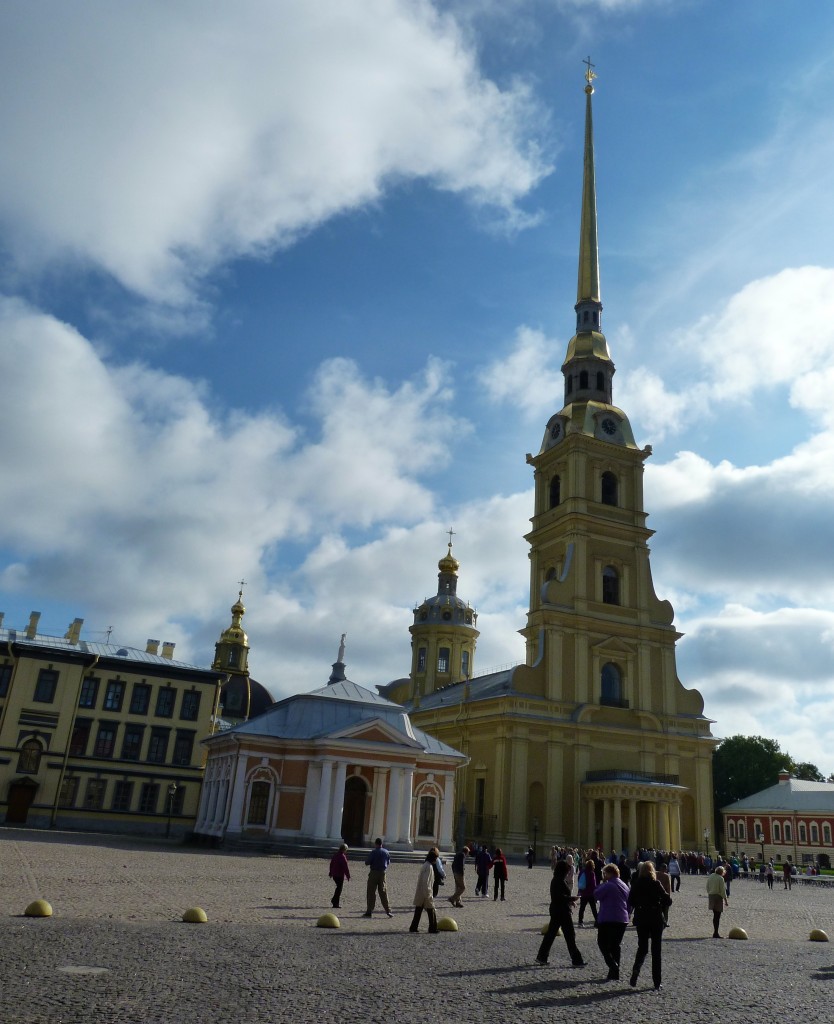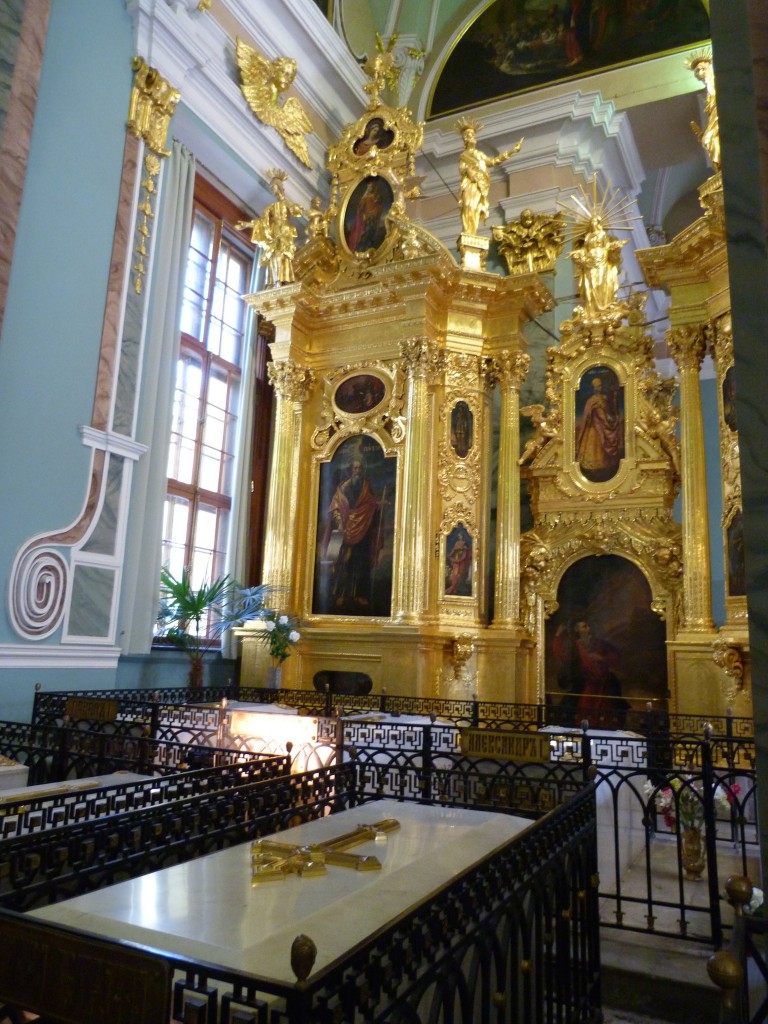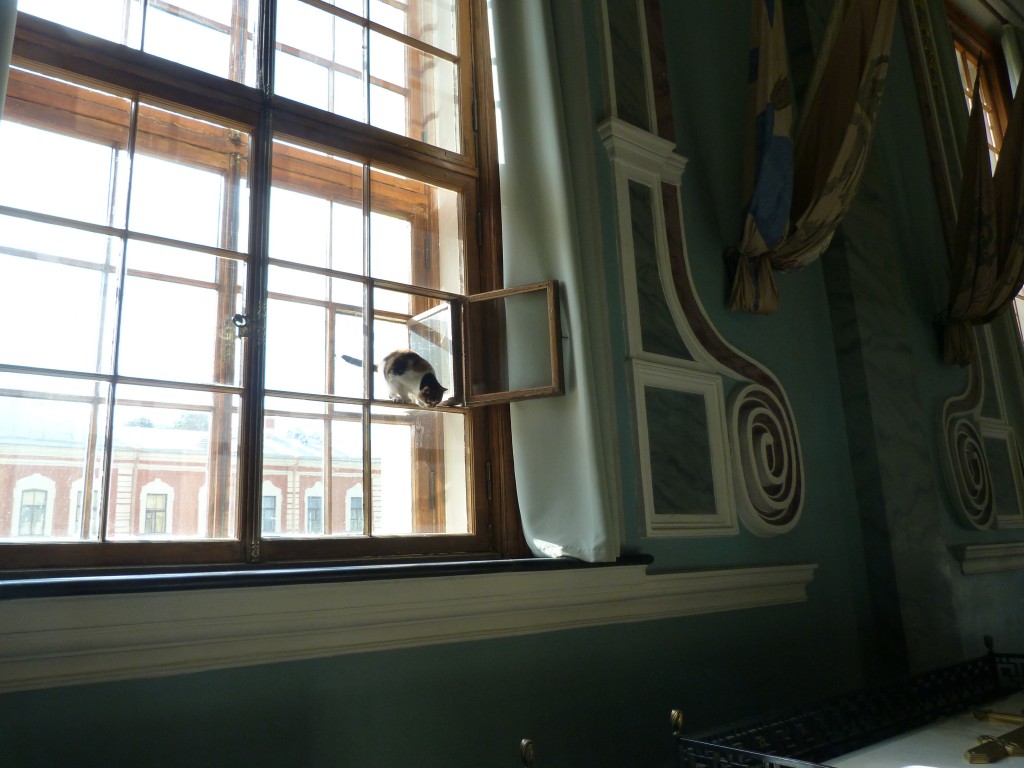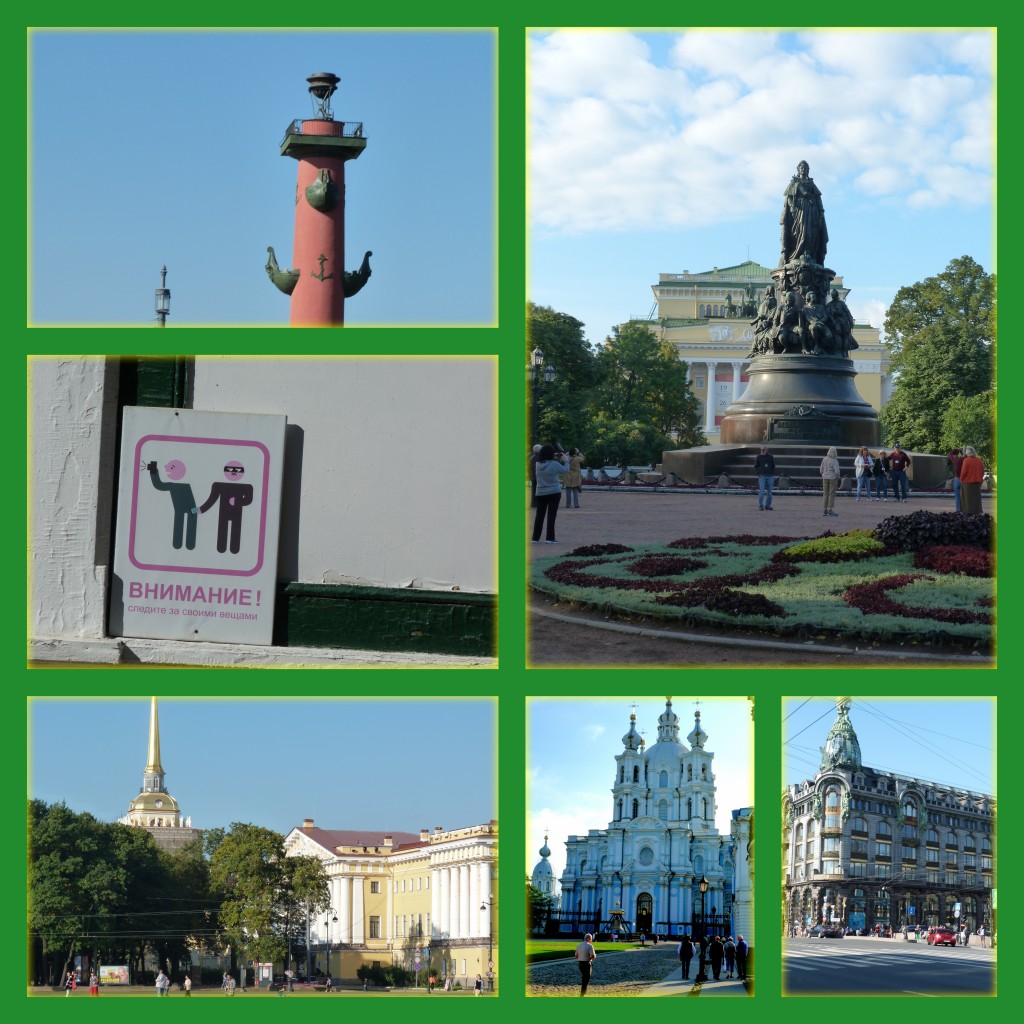Peter III (Peter the Great) toured Western Europe (1697-98); founded the fort at the site of St. Petersburg (1703); moved the capital there and defeated the powerful Swedes. He then spent the rest of his reign dragging his country out of the middle ages. Bent on reform and enthralled with architectural novelties, Peter oversaw the installation of a rational street plan, stone buildings, and academies making St. Petersburg a thriving capital emulating European fashions and discoveries. He used his capital as experimental laboratory, trying out his ideas before filtering them through to the rest of Russia.
After Peter’s death came the “petticoat period” when Russia was ruled by women. Their taste set the celebrated architectural aesthetic of St. Petersburg. Anna put her court on a footing with the most frivolous in Europe and encouraged a flowering of the cultural arts. Tsarina Elizabeth’s foremost legacy is the Baroque architecture she commissioned designed by her favorite, the Italian Rastrelli
Peterhof
With a commanding view of the Baltic, Peterhof was built during the reign of Peter the Great. But it was transformed during the reign of Tsarina Elizabeth by Bartolomeo Rastrelli who indulged his love for guilded Baroque decoration both inside and out, when he added a third storey and wings with a pavillion. Peterhof stands at the center of a magnificent landscaped park with both French and English gardens.
- Arriving at the Grand Cascade
- The Imperial Suite
- At the Base of the Grand Cascade
- Toward the Balcony
- Locals Bask in the Sunny Gardens
- The Grand Cascade from the Base
- At the Base with Bob and Michele
- The Marine Canal
- Toward the Baltic
- The Adam Fountain
- Marine Canal Meets the Baltic
- WARNING PICKPOCKETS PRESENT
- A Family Event
- SD Guy at the Baltic Seaside
- Roman Fountain in Garden Setting
- The Roman Fountain
- More Gardens and Fountains
- Gravity Moves the Water in the Parks
- The Hermitage
- On the Balcony
- The View is Spectacular
- Along the Balcony
- Dejá Vu
- A Last View of Peterhof
- Royal Treatment
The Catherine Palace
Designed by Rastrelli in 1752 for Tsarina Elizabeth and named by her in honor of her mother, Catherine. A 980 foot Baroque façade adorned with sculptures of Atlantes and individually ornamented window framings.
- Entry Gate
- Early Morning Arrival
- Close View of Atlantes
- We Await Entrance
- Away We Go
- Interloper??
- Delft Tiled Stoves
- There is a Reason this is the “Party Palace”
- Details Vary on Every Inch
- We are Underdressed
- Massive Collections, Lke a Puzzle, Hung to Fit the Space
- Delft Stoves in Every Room
- The Family Rooms
- Headed to the Gardens
- Queen’s Way From the Garden
- Another “Backside” View
- Delightful Formal Gardens
- Turns out Michele was There
- The “Backside” from the Gardens
